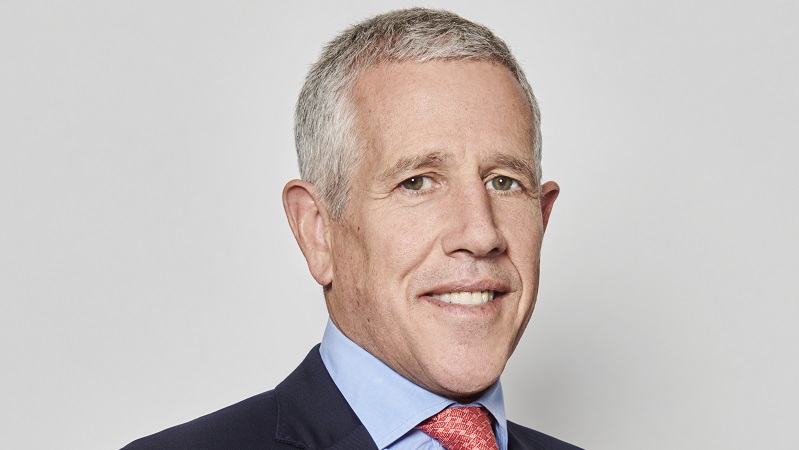After a turbulent couple of years for fixed income, asset allocators are once again pushing the case for bonds to play their role as part of a fully diversified portfolio.
Set against the backdrop of double-digit inflation and the aggressive monetary policy which followed from central banks, 2022 and 2023 saw bonds become more closely positively correlated to equities than was comfortable with investors.
Indeed, such was the volatility experienced in 2022, bonds fell more than equities which left many investors scratching their heads as to where to turn for protection, which in turn led many commentators to suggest the old 60/40 equities/bonds model was dead.
However, with inflation back close to 2% and rates falling in both the UK and US, net fund flows are once again increasing to fixed income. In this viewpoint, we talk to three asset allocators to find out how they are playing the asset class and what their outlook is going forward.
Bevan Blair, chief investment officer, One Four Nine Portfolio Management
“We turned positive on bonds at the beginning of the year, having been negative since early 2020. We felt we were not being rewarded for the risk we were taking, so we only held short-duration gilts and credit funds (1-5 year maturities only). This changed for us as we reached the end of the current rate-rising cycle and as inflation came under control. Yields had improved such that the risk-reward payoff became attractive. We decided to reduce cash and credit in favour of sovereign debt with an average duration profile. We split our sovereign exposure equally between UK and US debt, but hedged the currency element, wishing only to receive the underlying bond return. We felt the diversification qualities once exhibited by sovereign debt had returned as yields returned to more normal ‘levels’.
“We have positioned portfolios for potential global recessionary risks in 2025 and to take advantage of a rate-cutting environment. We expect sovereign debt’s low or negative correlation to reassert itself in the medium term. We do see risks within credit because spreads are so low, but in an environment where yields are falling, we expect credit to underperform sovereigns but still offer positive returns.”
Chris Metcalfe, CIO, IBOSS
“We are positive on the outlook for fixed-income assets as part of a fully diversified portfolio. For the first time in many years, fixed-income managers have the whole bag of tools available. Not only can they invest across the range of credit qualities, but with interest rates markedly higher, duration and the potential for capital growth are now firmly back on the agenda.
“In recent history, with interest rates nailed to the floor, this has not been the case, and many fixed-income investors successfully opted to reduce credit quality to boost investor returns. However, with many bonds having re-rated considerably and credit spreads in high yield particularly tight, now may be the time to dial back the position and opt for a more well-rounded fixed income allocation. After all, High yield bonds maintain a high correlation with equities, whilst many other fixed-income assets have begun to exhibit correlation benefits relative to equities
“We believe that a sensible approach to investing in the sector is to leave the specific positioning to actively managed strategic bond managers. Their holdings are likely to incorporate a healthy position in high yield. However, we suspect that the opportunities in the space will be far more nuanced than in recent history.
“The funds we rate highly include Rathbone Ethical Bond, L&G Strategic Bond, and M&G Optimal Income, all of which have proven to implement a more flexible approach to the broad variety of fixed-income assets available to investors.”
Mark Harris, CIO, Square Mile
“For many, the news of a rate cut should be promising—especially for bondholders, given the rollercoaster ride of the last two years for fixed-income investors. Bonds won’t just be used to mitigate risk in equities; they could also generate returns in themselves.
“That being said, it’s vital to stay vigilant to risks too. After all, the Fed has cut its rate by more than many assumed, in response to weak economic data. Being flexible and taking a diversified approach will be essential to navigating any further tricky periods, as well as adjusting interest rate risk as required by market conditions.
“Taking a considered, long-term view of the markets, therefore, remains essential. We believe it is essential to invest in companies that can weather any economic backdrop – be it with interest rates decreasing or a higher rate environment. We focus on finding quality issuers to try and ensure we avoid any defaults. As and when further interest rate cuts occur, then, they should be a positive contributor to portfolio returns.”










